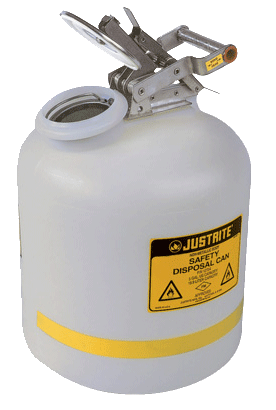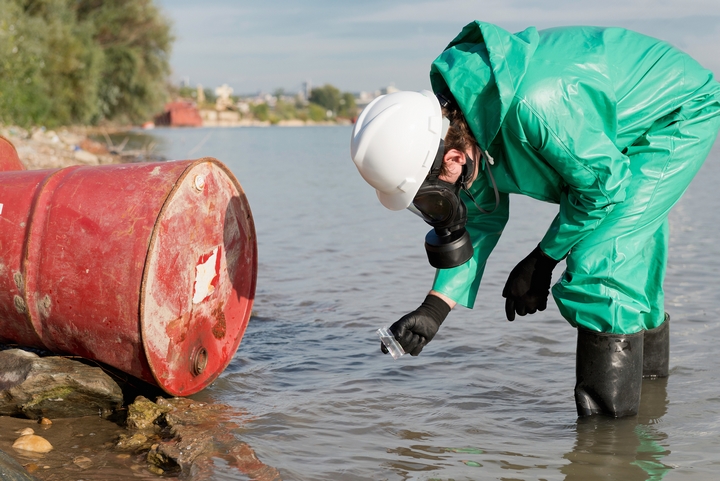Top Liquid Waste Disposal Melbourne: Trusted Services for Correct Waste Administration
Top Liquid Waste Disposal Melbourne: Trusted Services for Correct Waste Administration
Blog Article
How Liquid Waste Disposal Functions: A Comprehensive Overview of Strategies and Technologies Utilized

Summary of Fluid Waste Types
The complexity of liquid waste types demands a detailed understanding of their qualities and effects for disposal. Liquid waste can extensively be classified into several kinds, consisting of industrial, metropolitan, farming, and contaminated materials. Each category displays distinct homes, calling for specific management techniques to mitigate ecological and health dangers.
Industrial fluid waste originates from manufacturing procedures and often consists of a series of pollutants, such as heavy metals, solvents, and natural substances. Community liquid waste, largely consisting of wastewater from homes and business facilities, consists of organic issue, nutrients, and pathogens (industrial wastewater treatment). Agricultural fluid waste, consisting of runoff from farms, might include fertilizers, pesticides, and animal waste, presenting threats to water high quality and ecosystems
Hazardous fluid waste is defined by its toxicity, reactivity, or possible to cause harm. This classification consists of substances like acids, bases, and specific chemicals that demand strict handling and disposal protocols. Understanding these varied liquid waste types is vital for establishing effective disposal approaches and making certain conformity with environmental policies. Correct category and characterization are vital for implementing suitable treatment methods and decreasing the negative effect on public wellness and the environment.
Physical Therapy Methods

Screening is the preliminary step, where bigger particles and debris are gotten rid of from the liquid waste utilizing displays or grates. In sedimentation containers, larger fragments clear up at the bottom, forming a sludge layer, while the cleared up liquid can be further dealt with.
Filtering is an additional important technique that involves passing the liquid through porous materials, such as sand or membrane layers, to capture smaller bits. This step boosts the high quality of the fluid, making it suitable for subsequent treatment procedures.

Chemical Therapy Techniques
Chemical therapy strategies are crucial for efficiently handling fluid waste, particularly in addressing liquified and colloidal pollutants that physical methods might not appropriately eliminate. These techniques make use of different chemical representatives to counteract, precipitate, or change harmful compounds right into much less dangerous types.
One usual technique is coagulation and flocculation, where chemicals such as alum or see this site ferric chloride are contributed to advertise the aggregation of put on hold particles. This procedure enhances have a peek at these guys sedimentation, enabling simpler removal of the resulting sludge. Furthermore, oxidation processes, utilizing agents like chlorine or ozone, are employed to break down complicated natural substances and pathogens, rendering the waste more secure for discharge or further treatment.
Neutralization is another vital technique, which adjusts the pH of acidic or alkaline waste streams to neutral levels, protecting against potential injury to downstream systems and the environment. Additionally, progressed oxidation procedures (AOPs) make use of mixes of oxidants and ultraviolet light to weaken relentless contaminants, achieving a higher degree of therapy performance.
Biological Therapy Processes
Biological treatment procedures play a crucial role in the monitoring of fluid waste by using bacteria to disintegrate natural issue and reduce impurity degrees. These procedures can be extensively classified into anaerobic and aerobic therapies, each using details microbial areas to achieve efficient waste deterioration.
Cardiovascular therapy includes the use of oxygen to promote the failure of natural materials by microorganisms. This procedure is frequently executed in turned on sludge systems, where oygenation storage tanks provide a conducive atmosphere for microbial development, bring about the oxidation of natural pollutants. The resultant biomass can be divided from dealt with effluent through sedimentation.
In comparison, anaerobic therapy occurs in the absence of oxygen, relying upon various bacteria to damage down organic matter. This method is specifically beneficial for high-strength waste, as it produces biogas, a renewable resource resource, while minimizing sludge manufacturing. Technologies such as anaerobic digesters are often utilized in community and commercial applications.
Both cardio and anaerobic biological treatments not only lessen the ecological impact of fluid waste yet also promote source recovery, making them necessary components of sustainable waste monitoring strategies. Their performance, versatility, and performance support their widespread implementation throughout different markets.
Arising Technologies in Disposal
Innovative techniques to dig this liquid garbage disposal are quickly advancing, driven by developments in modern technology and a raising emphasis on sustainability. Among these emerging innovations, membrane layer bioreactors (MBRs) have actually acquired grip for their ability to incorporate biological treatment with membrane layer filtration, resulting in top quality effluent that can be reused in various applications. MBRs enable smaller impacts and much more effective procedures compared to typical systems.
An additional promising growth is using anaerobic food digestion combined with nutrient recuperation modern technologies, which not only treats fluid waste however additionally generates biogas and recovers useful nutrients like nitrogen and phosphorus. This dual advantage improves resource effectiveness and reduces ecological influence.
In addition, advanced oxidation processes (AOPs) are being adopted for the degradation of complicated organic toxins. These approaches make use of effective oxidants and drivers to break down pollutants at the molecular level, supplying a very effective service for challenging waste streams.
Moreover, the combination of expert system and artificial intelligence in waste management systems is maximizing operational efficiency and predictive maintenance, leading to lowered prices and boosted ecological compliance. These technologies show a substantial change in the direction of even more effective and sustainable liquid waste disposal practices.
Verdict
Finally, effective fluid waste disposal necessitates a comprehensive understanding of various methods and modern technologies. The integration of physical, chemical, and organic treatment techniques makes certain the efficient monitoring of diverse waste kinds. In addition, the emergence of cutting-edge modern technologies enhances therapy efficacy and advertises sustainability in waste monitoring practices. By continually progressing these methods, it comes to be feasible to attend to the growing difficulties related to liquid waste, inevitably adding to environmental management and resource healing.
Liquid waste disposal is an important facet of environmental administration, needing a comprehensive understanding of different techniques and modern technologies tailored to different waste types. Liquid waste can extensively be categorized into a number of types, consisting of commercial, metropolitan, farming, and hazardous waste. Agricultural fluid waste, including drainage from ranches, might include fertilizers, pesticides, and animal waste, positioning risks to water top quality and ecosystems.
Various physical treatment approaches play a vital function in taking care of fluid waste properly - industrial wastewater treatment.In conclusion, effective fluid waste disposal demands an extensive understanding of numerous methods and modern technologies
Report this page